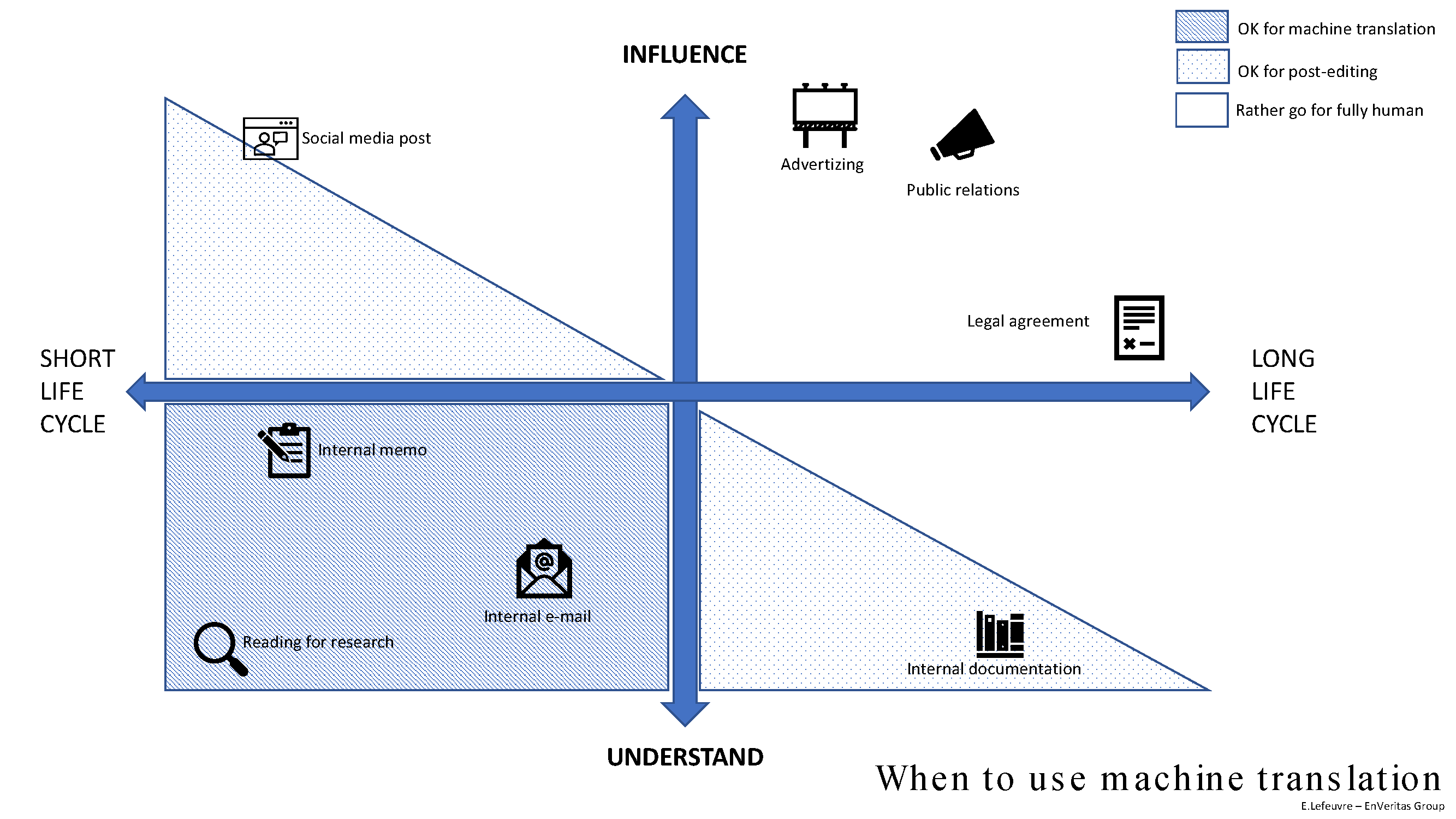How Does Search Work?
On March 1st Google launched an interactive web page to explain How Search Works. While the wizard doesn’t  reveal all his secrets, the engaging graphics, mind-boggling numbers, and pop-up explanations demystify the search experience. According to Google, every day the search engine gets more than one billion queries from 181 countries in 146 languages. And 150,000,000 of those daily queries have never been asked before. In about a half second, Google delivers answers in the form of SERPs or search results pages drawn from The Index, the web pages crawled by Google’s algorithm spiders among the more than 30 trillion web pages online.
reveal all his secrets, the engaging graphics, mind-boggling numbers, and pop-up explanations demystify the search experience. According to Google, every day the search engine gets more than one billion queries from 181 countries in 146 languages. And 150,000,000 of those daily queries have never been asked before. In about a half second, Google delivers answers in the form of SERPs or search results pages drawn from The Index, the web pages crawled by Google’s algorithm spiders among the more than 30 trillion web pages online.
Here’s where things are less than crystal clear: Google notes the results are based on more than 200 factors. Those 200 factors are equivalent to a secret recipe on how to hit that coveted top rank position. While there’s no big revelation, the information can help you.
Six Key Factors
Google mentions six factors that are important:
- Freshness: the latest news and most recent information
- Page Rank: an early algorithm which looks at links between pages to determine relevance
- Personal content: if you’re signed into your Google account, you’ll see results from public content posted by Google+ connections
- Site & page quality: how trustworthy, reputable, and authoritative the source
- SafeSearch: an algorithm designed to reduce the amount of adult web pages, images, and videos in the SERPs
- User context: results based on geographic region, web history, and other unnamed factors
No Spam Here
What Google doesn’t want is spam, and they’re actively fighting it. Google estimates that more than one million spam pages are being created each hour; this is a 24/7 fight that’s being waged by algorithms and humans who took manual action against 350,000-650,000 site owners each month in 2012.
Spam sites include:
- Pure spam: sites with automatically generated gibberish, scraped content, and egregious violations of Google’s Webmaster Guidelines
- Parked domains: placeholder sites with little, if any, unique content
- No added value content sites: shallow or low-quality pages, cookie-cutter sites, or those with copied content
- User-generated spam: content that is problematic on forum pages, guestbook pages, or profiles
- Hidden text/keyword stuffing: a favorite of black hat SEO; spiders see one thing, humans see another
- Unnatural links: artificial or manipulative outbound links that are likely part of a paid scheme
- Hacked site: spammy content uploaded by a third party
- Cloaking/sneaky redirects: spiders see one thing, humans see another
- Spammy free hosts and dynamic DNS providers: host site has significant spammy content
Why is this of interest to content marketing? During the 18 minutes I spent on the How Search Works site, Google handled roughly 43,000,000 queries. How many of those searches were related to your business? How many times did your pages come up in those SERPs?
We’ll never know all 200 factors Google considers, but we can follow Google’s best practices for the public factors. The bottom line is what Google has said for years: the best content and transparency to provide users with the best experience possible should be the goal for every website. And that’s something we can all get behind.
Kathleen Gossman – Project Manager



